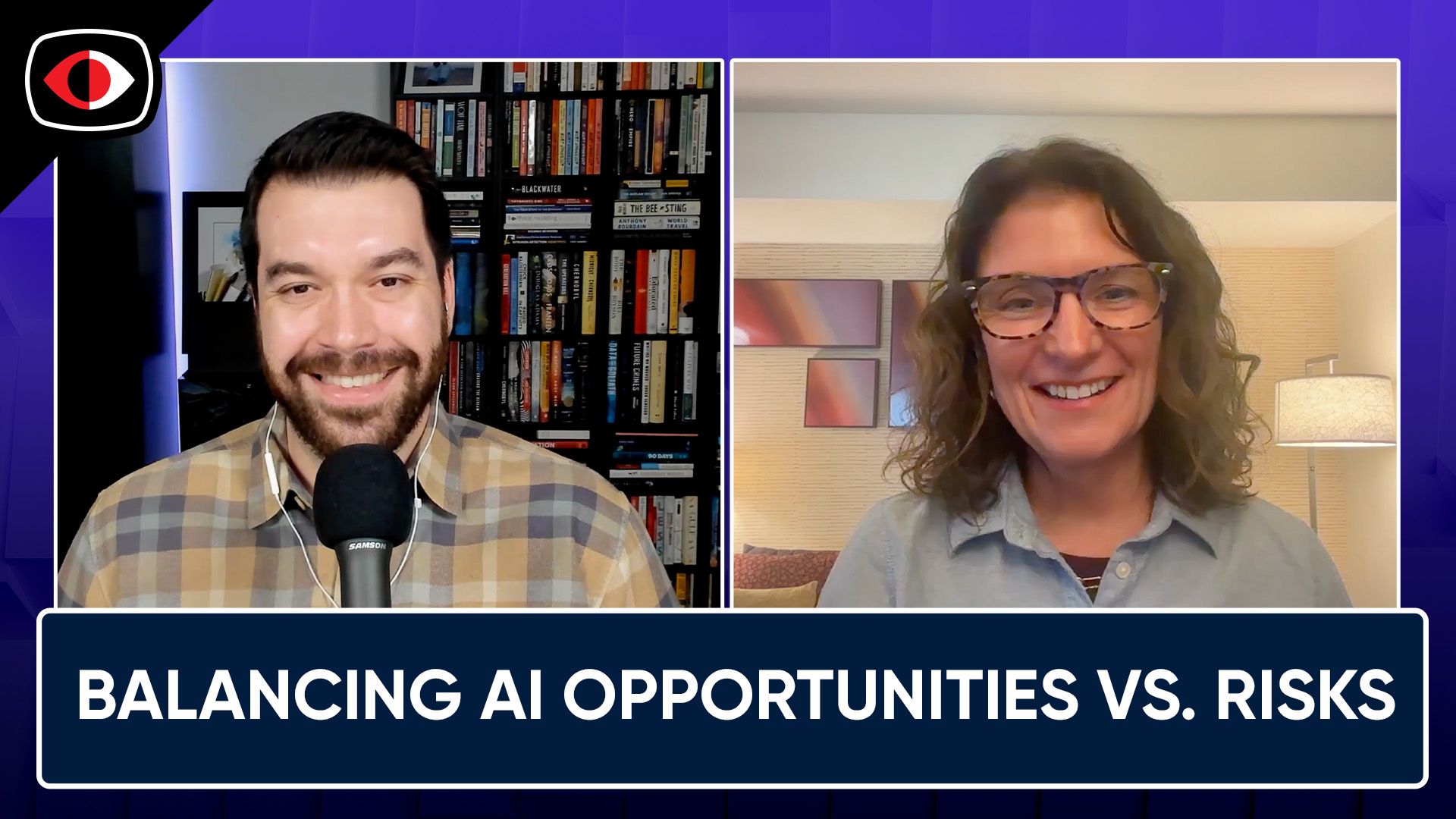The CISO’s Dilemma, 7 Cybersecurity Predictions, & 5 Cloud Considerations – BSW #196
In the Leadership and Communications section, The CISO’s Dilemma: Balancing Security, Productivity With a Housebound Workforce, Seven cybersecurity predictions for 2021, Avoiding cloud sprawl: 5 considerations for managing a multicloud environment, and more!
Announcements
Don't forget to check out our library of on-demand webcasts & technical trainings at securityweekly.com/ondemand.
Tomorrow is the big day! The virtual doors open for the first-ever Security Weekly Unlocked virtual event at 10:30am and the last round table should end around 9:30pm! We have an outstanding line-up of presenters, who will be answering questions LIVE in our Discord server during their presentations! Make sure you register for this FREE event before it's too late! Visit https://securityweekly.com/unlocked to view the line-up and register!
Hosts
- 1. The CISO’s Dilemma: Balancing Security, Productivity With a Housebound Workforce – Security BoulevardOut of the CISOs surveyed, 87% believe that remote work is a permanent workflow. Just 13% believe they will go back to full-time office-based work. CISOs are split on how to approach this dilemma. Here are some of the key issues to resolve: 1. Web Browsing: To Surf or Not to Surf 2. Third-Party Apps: To Install or Not to Install 3. Managing BYOD Policies 4. Choices, Choices: Accessing Corporate Assets From Home
- 2. Seven cybersecurity predictions for 2021With 2021 a few months away, what will the landscape of cybersecurity look like for enterprises? What will be the main focuses, risks and considerations for the coming year for cybersecurity leaders and professionals? Here's a list of seven predictions that will affect enterprises and cybersecurity leaders: 1. Remote workers will be the focus of cybercriminals through 2021. 2. Legacy security architecture like VPNs will be the weak link for many organizations. 3. To cope with reduced budgets, CSOs and CISOs will seek convergence across security solutions. 4. The impact of breaches in the healthcare sector may be deadly. 5. Financial organizations beware, more attacks are coming. 6. COVID-19 forced organizations to accelerate digital transformation efforts. 7. The adoption of new technologies and increase in internet users means most of the world’s population is at great risk of data exposure.
- 3. The pandemic created a more trainable workforceRemote work capabilities let organizations develop employees' skills sets at scale. This applies to soft skills, too. Flexibility/adaptability, leadership and strong work ethics are among the top soft skills hiring managers want their workers to improve on, according to a survey from IT trade group CompTIA.
- 4. Gartner: IT spending to focus on fast time to valueIT budgets are being spent on supporting remote workers, but CIOs have new metrics. CIOs will try to target IT investments in those areas that have the fastest cash return, which is a measure of how quickly the investment delivers value to the business. The budget calculations are not based on a return on investment. Instead, CIOs are having to second guess how quickly such expenditure can deliver business value.
- 5. Gartner: Composability will make business more resilient and agileCIOs have stepped up to the challenge of supporting their organisations during the global coronavirus crisis. Now they are set to do more – with less... Businesses need to become far more agile, to cope with unforeseen events and new opportunities. To achieve this, Gartner urged CIOs to expand their IT strategy beyond digitisation, to focus on technology and IT-enabled processes that are composable and can be reconfigured quickly. Composability enables IT leaders to deliver the resilience and agility that businesses require to remain operational during the coronavirus crisis.
- 6. Avoiding cloud sprawl: 5 considerations for managing a multicloud environmentOrganizations need to closely manage multicloud environments so they operate toward a shared mission. Here are five ways to make a multicloud environment more effective: 1. Establish governance 2. Create an extensible infrastructure 3. Make infrastructure as code (IaC) and templating a standard practice 4. Define and implement a robust DataOps process 5. Identify workforce and culture needs






